The thirds workshop for Recognizing Indigenous Rights and Local Perspectives - project (Nordic Council of Ministers) was held in the town of Ilulissat in mid-September. The travel opened up various new viewpoints to the local living circumstances in Greenland. Here is what we learned.
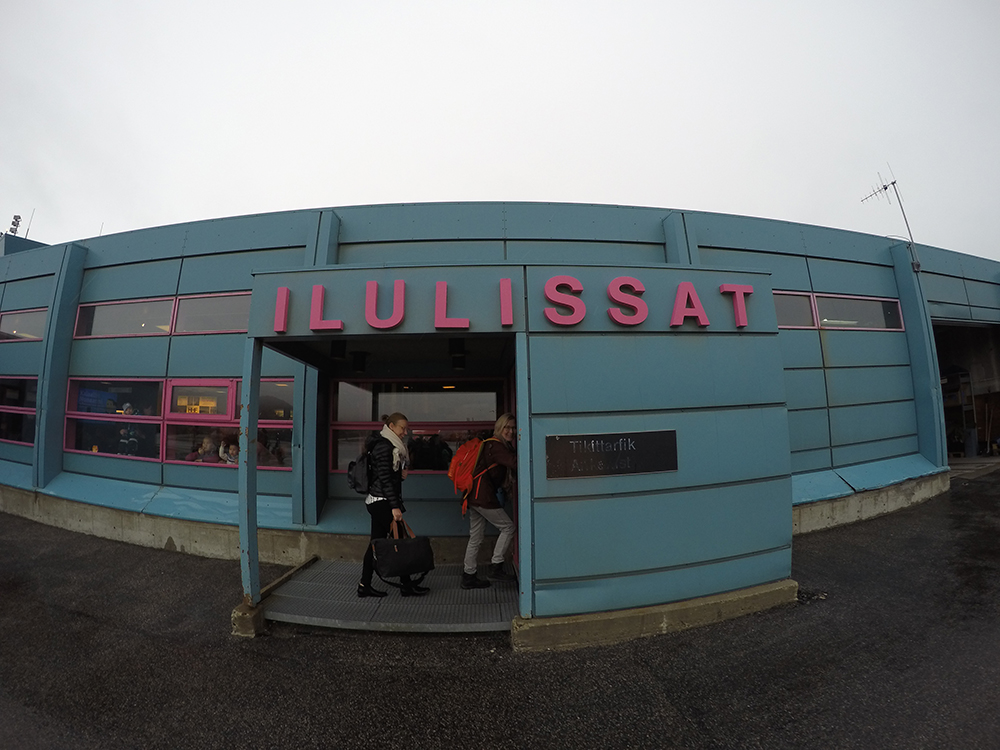
Ilulissat, formerly known as Jakobshavn or Jacobshaven, is a town in the Qaasuitsup municipality in western Greenland, located approximately 350 km (220 mi) north of the Arctic Circle. With the population of 4,541 it is the third-largest city in Greenland. And as we noticed in our trip, the city is home to almost as many sled-dogs as people. In direct translation, Ilulissat is the Kalaallisut word for "Icebergs". The nearby Ilulissat Icefjord is a UNESCO World Heritage Site, and has made Ilulissat the most popular tourist destination in Greenland.
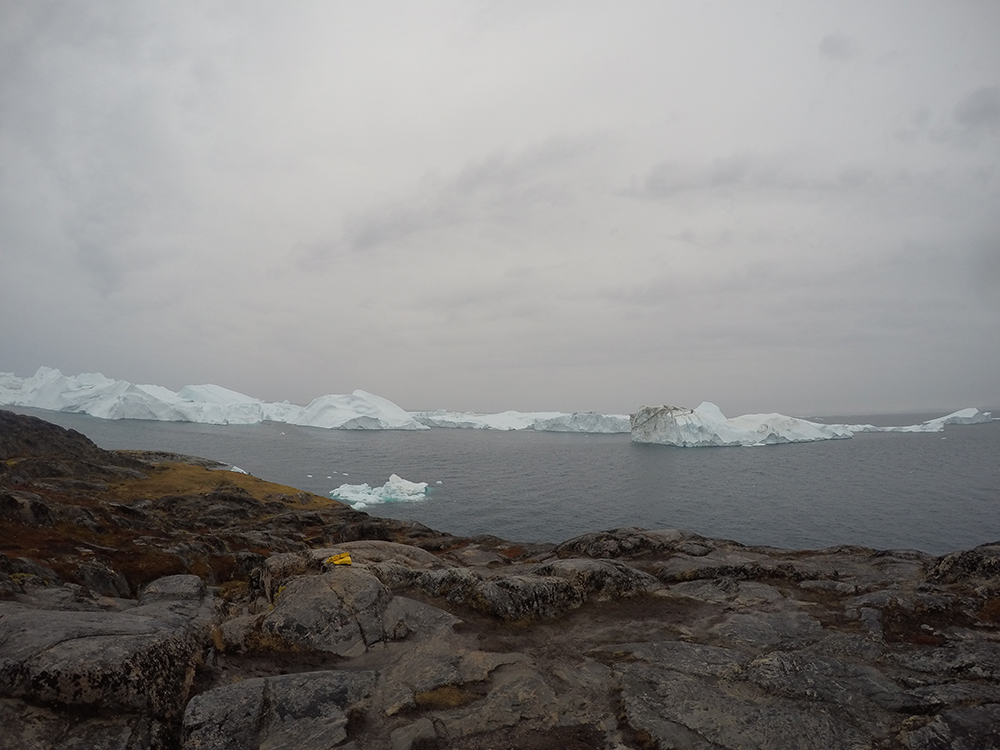
The practicalities of conducting research in Greenland require an extra dose of flexibility and readiness to do things differently. Already the business of getting from point A to point B can become expensive and time-consuming. The settlements and towns in Greenland are not connected by roads so transportation takes place mostly by air or by sea. Flight schedules are, more often than not, approximations and one needs to be prepared for delays, especially because of quickly changing weather conditions. This happened with our flight from Kangerlussuaq to Ilulissat when, just as were were about to land, a layer of clouds appeared above the runway compromising visibility. Back to square one (Kangerlussuaq) it was, at least with an extra serving of coffee and cookies!
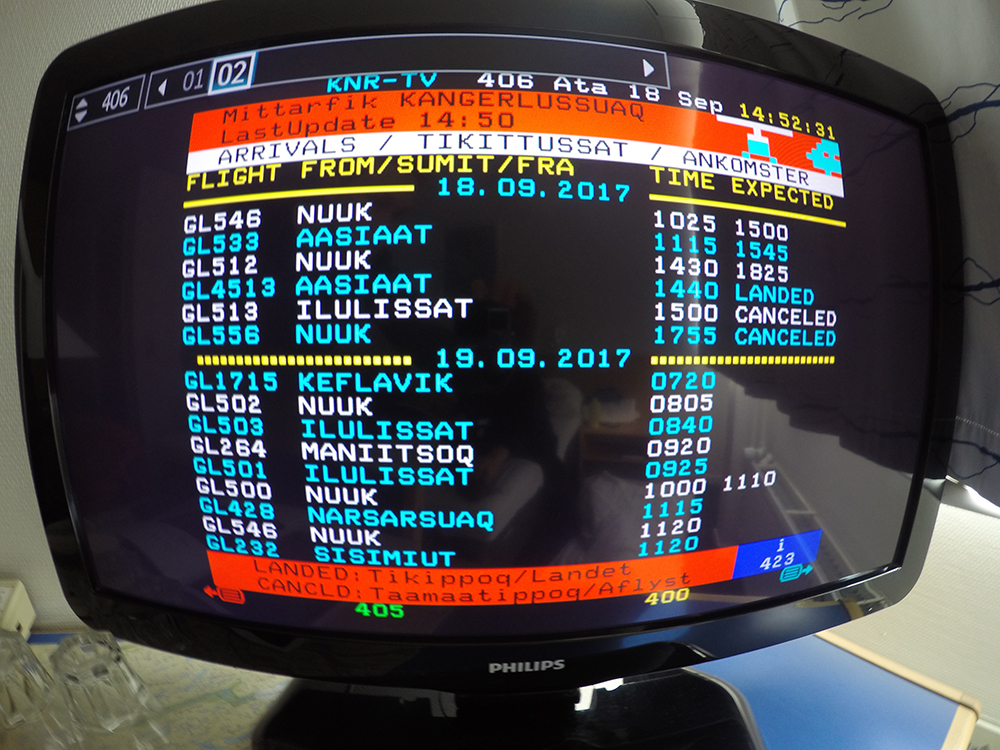
Advertising the project workshop in Ilulissat required us to, in addition to our “normal” email advertising, get up on our feet and put up posters on the town’s many notice boards. The local newspaper only comes out once a week and the notice boards are where the residents read about what’s coming up in terms of social, cultural and sports events.
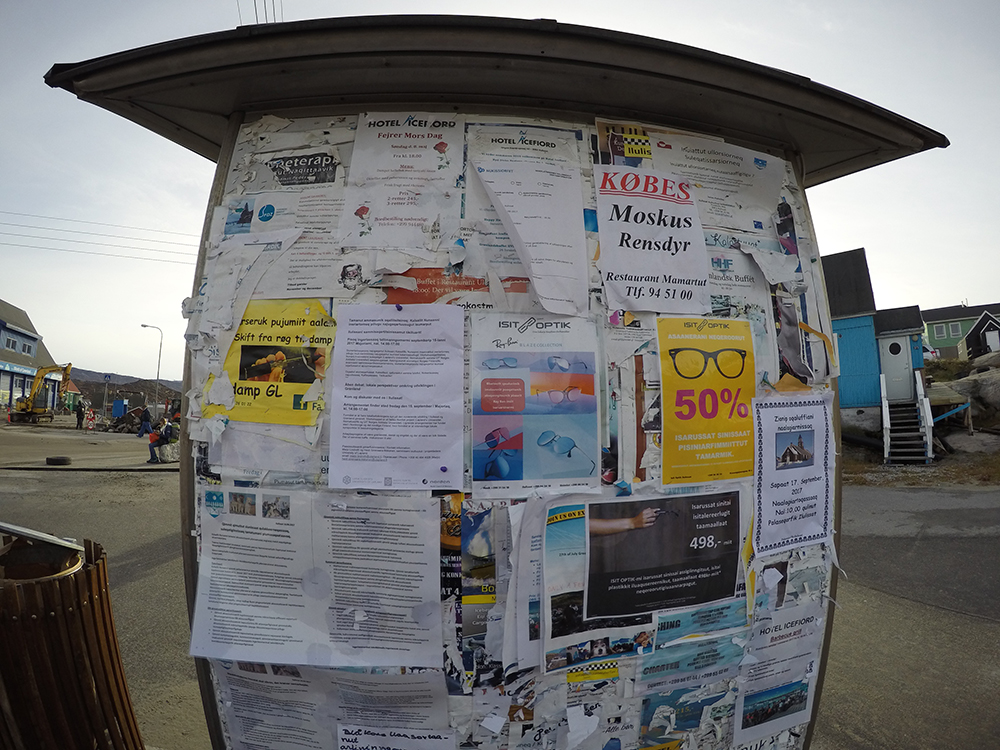
Tourism has become the town's principal industry. During our visit we took a tour to view the icebergs closer, and had a small glint of whale back in front of our eyes. The city neighbours the Ilulissat Icefjord, where there are enormous icebergs from the most productive glacier in the northern hemisphere. However, we learned that the increased price of halibut had brought welfare to the city and its inhabitants. This was a clear observation in the city streets: lots of small children and mothers pushing the prams, and even a new recently built school. On Sunday in the Ilulissat church the service was full of people: it was a mixture of formality and unformality, singing happening unaccompanied in Greenlandic and as a touching finale: the baptism of two Inuit babies with close family members in their beautiful national clothing. These can bes considered as a sign of a healthy growing community, which is not the case in many villages of Arctic region.


In the talk of regional and local development when it comes to livelihoods and economy there is often labor and income imbalance between men and women. In places like Ilulissat where the potential growth lies in the tourism, this would usually mean a better employment level of women due to their shift from housekeeping to work in restaurants and hotels. Meanwhile the men are hit hard by the loss of traditional livelihoods and industry such as reindeer husbandry and forestry. Since the fisheries are still a flourishing industry, such a development gab between the genders have not emerged. It would likely seem that due to the iceberg tourism, the fishermen and their boats would find a new economic niche, if the fisheries would decline. The one’s facing the dog work or unemployment would seem to be the dogs themselves due to the reduced sea ice cover during the winter. The Greenland Dog (Greenlandic: Kalaallit Qimmiat, Danish: Grønlandshunden) is not used as often to fishing on ice, to which purpose they have been raised. This weather proof dog has become a chained guardian of the house without a seasonal work and an extra cost for their owners. Their future is at risk if the sea ice remains declining. If the tourism is to be developed into industry and extend from the summer months into the winter tourism, these dogs would find their place in a similar working tasks as their husky coworkers in the continent if snow conditions are not to weaken as radically as the sea ice.
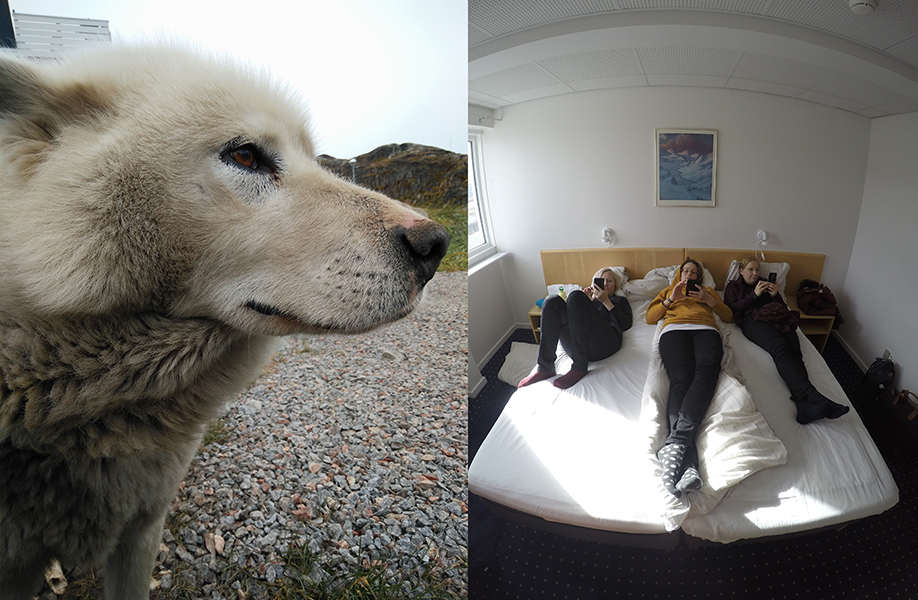
- Tanja Joona, Marjo Lindroth, Heidi Sinevaara-Niskanen and Joonas Vola